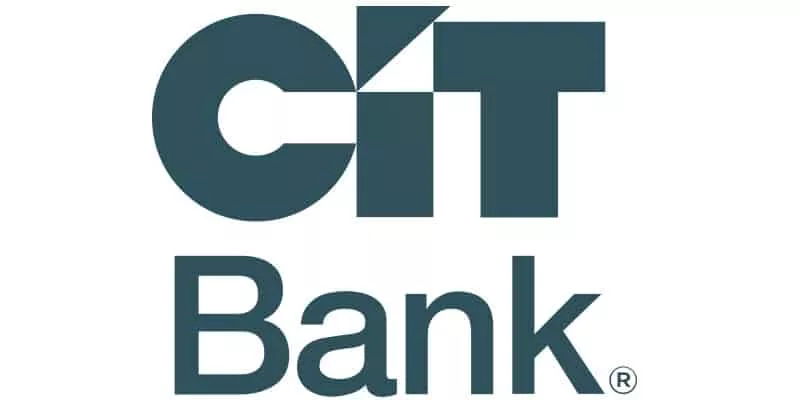Which is safer checking or savings?
Savings and checking accounts are equally safe if they are held at a bank insured by the Federal Deposit Insurance Corporation (FDIC). This insurance protects your deposits up to $250,000 per depositor, per ownership category, at each FDIC-insured bank.
But while both checking and savings accounts can be safe, they offer different levels of safety and protection.
What makes checking accounts safe?
Checking accounts are generally considered less safe than savings accounts because they are designed for everyday spending, bill payments, accessing cash and are therefore more susceptible to fraud or unauthorized transactions.
If someone gains access to your checking account, they can easily withdraw funds or make unauthorized purchases using your debit card. However, most banks offer fraud protection and will refund any fraudulent charges made on your account.
What makes savings accounts safe?
Savings accounts are primarily used for building an emergency fund, saving for specific goals, and earning interest.
There are a few reasons why money in a savings account might be considered “safer”:
- Less Temptation to Spend: Savings accounts are designed for saving, not for everyday spending. They often have limited access (e.g., no debit card or check-writing) and may charge fees for excessive withdrawals, making it less likely you'll dip into your savings unnecessarily.
- Interest Earning: Savings accounts generally earn interest and are subject to fewer fees than checking accounts. This can help your money grow over time, offering some protection against inflation. Some banks also offer interest checking accounts and money market accounts that earn high interest.
- Overdraft Protection: Many banks allow you to link your savings account to your checking account for overdraft protection. This means if you accidentally overspend in your checking account, funds can be automatically transferred from your savings to cover the difference, potentially saving you from overdraft fees.
Ultimately, the “safety” of your money depends on your financial habits and the specific features of your accounts.
Steps to keep both checking and savings accounts safe
You can significantly reduce the risk of falling victim to scammers and keep your checking and savings accounts safe by including the following actions:
- Strong and Unique Passwords: Use strong, unique passwords for your online banking accounts. Avoid using easily guessable information like your birthdate, name, or pet's name. Consider using a password manager to help you create and store complex passwords.
- Two-Factor Authentication (2FA): Enable 2FA whenever possible. This adds an extra layer of security by requiring a code from your phone or another device in addition to your password to log in.
- Regularly Monitor Accounts: Check your account statements frequently for any unauthorized transactions. Many banks offer online banking and mobile apps that allow you to easily monitor your accounts on the go.
- Beware of Phishing Scams: Be cautious of emails, texts, or phone calls claiming to be from your bank. Never click on suspicious links or provide personal information unless you're absolutely sure of the source. Contact your bank directly if you have any doubts.
- Secure Your Devices: Keep your computer, smartphone, and other devices updated with the latest security software. Avoid using public Wi-Fi for banking activities as it may not be secure.
- Be Careful With Personal Information: Don't share sensitive information like your social security number, bank account number, or PIN with anyone you don't trust. Be cautious of social media posts that might reveal personal details.
- Report Suspicious Activity: If you notice any unauthorized transactions or suspect a scam, contact your bank immediately. The sooner you report it, the better chance you have of recovering your money.













